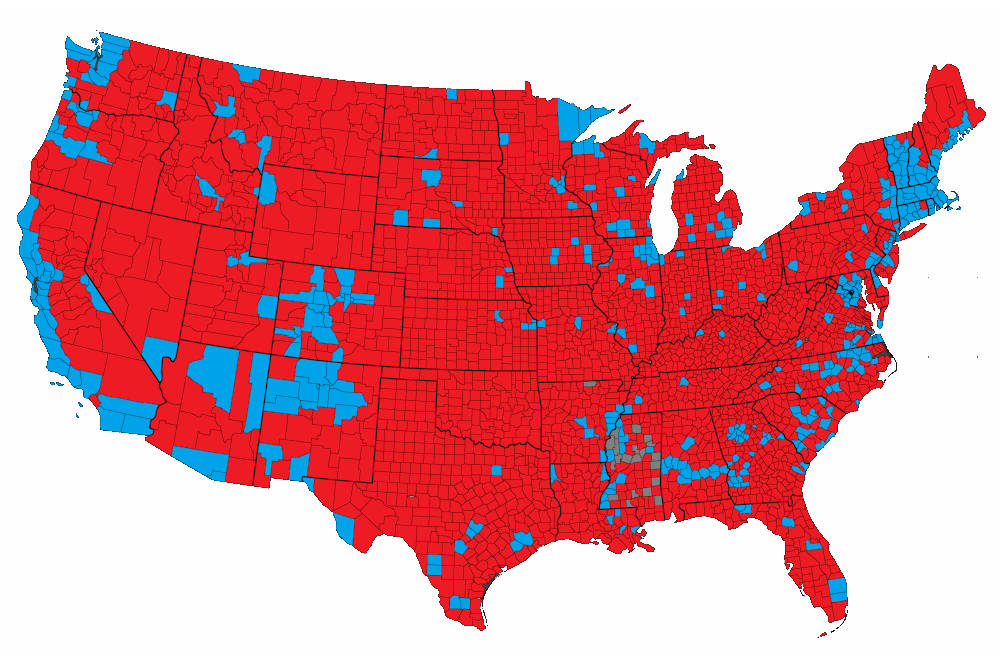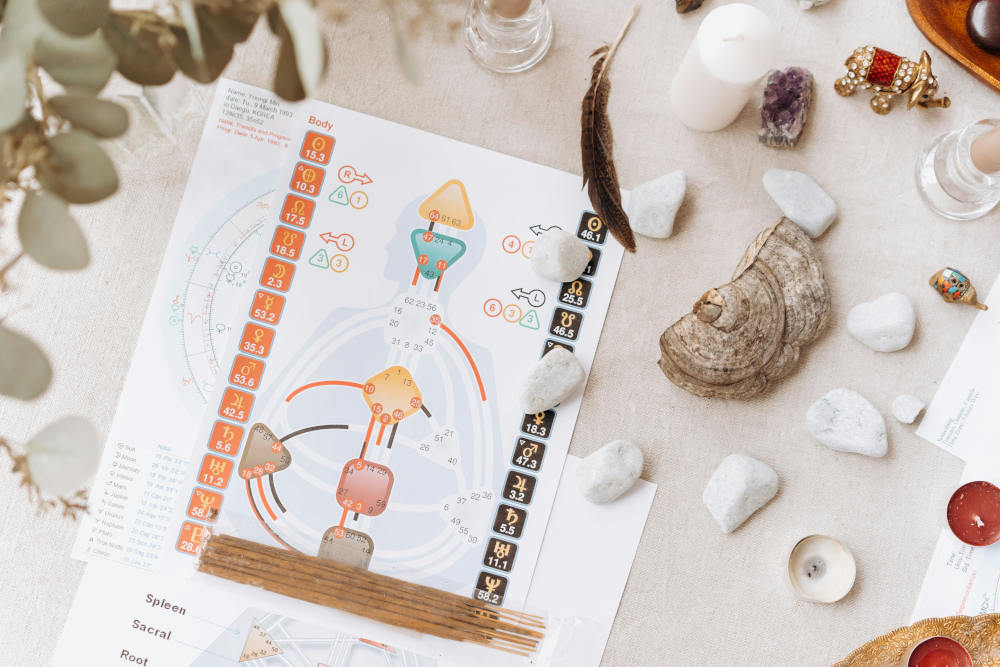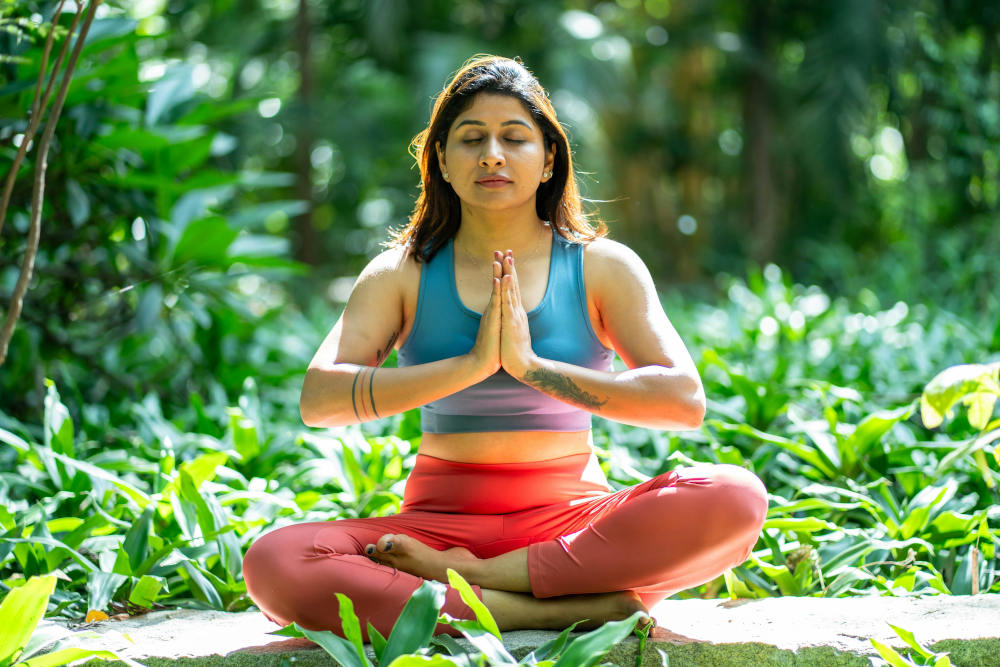
Eco-friendly fashion is much more than a trend. It's a revolution. The sustainable fashion movement is growing and one of the largest force driving changes in the textile and apparel industry today.
One of the best ways to be more sustainable with clothes is to choose eco-friendly fabrics. Most textiles used in the fashion industry are wasteful and polluting.
Fashion is the second-largest polluting industry globally. It produces high amounts of textile waste, pollution, greenhouse gas emissions. It also consumes lots of natural resources, water, and energy.
Textiles made from animal-derived products or byproducts are cruel and unethical. Fur, leather, down, wool, and silk encourage the exploitation of animals for profits. Let's avoid them as they aren't required to make beautiful and functional clothing.
Luckily, some textiles used in fashion are more ethical and environmentally friendly than others. As consumers, we have the option to reduce the impact of our wardrobe with eco-friendly and sustainable fabrics.
Here is a short guide to some of the most eco-friendly textiles used for clothing.
Panaprium is independent and reader supported. If you buy something through our link, we may earn a commission. If you can, please support us on a monthly basis. It takes less than a minute to set up, and you will be making a big impact every single month. Thank you!
Cotton

Organic cotton and recycled cotton are a great option for eco-friendly clothing. They are much better than conventional cotton. Organic cotton also includes Fair Trade organic and CmiA organic cotton.
Fabrics qualities:
- Soft
- Breathable
- Strong
- Clean
Environmental impact:
- Bio-based
- Biodegradable
- Recyclable
- Lower air pollution
- Low impact on ecosystems
- Natural pesticides and fertilizers
Drawbacks:
- More land, water, and energy used
- Greenhouse gas emissions
- Labor intensive and time-consuming
- Lower yield
- Expensive
Linen

Organic linen is made from flax plants grown organically. It's a very luxurious and sustainable fabric. But it's rare and expensive, a great choice for high-end garments.
Fabrics qualities:
- Luxurious
- Comfortable
- Durable
- Resistant
- Lightweight
- Versatile
- Breathable
- Absorbent
- Anti-bacterial
- Quick-drying
Environmental impact:
- Natural and bio-based
- Biodegradable
- Recyclable
- Low water footprint
- Natural fertilizers and pesticides
- No threat to wildlife
Drawbacks:
- Poor elasticity
- Costly manufacturing
- Very expensive
Jute

Organic jute is a very sustainable material, a great eco-friendly alternative. It's also the longest and one of the cheapest natural fibers. It's the most widely used natural material after cotton for various applications.
Fabrics qualities:
- Affordable
- Strong
- Durable
- Breathable
- Lightweight
Environmental impact:
- Natural and plant-based
- Biodegradable and compostable
- No waste
- Soil fertilizing
Drawbacks:
- Rough and harsh on the skin
Hemp

Organic hemp is made from hemp plants. It's one of the most eco-friendly textiles but has a bad reputation since it's often mistaken for cannabis. The stigma around hemp should be lifted to make it more popular.
Fabrics qualities:
- Breathable
- Durable
- Hypoallergenic
- Anti-bacterial
Environmental impact:
- Natural and bio-based
- Biodegradable
- Recyclable
- Low water footprint
- Carbon dioxide absorbent
- Contaminant removing
Drawbacks:
- Low availability
- Bad reputation
- Poor elasticity
Ramie

Ramie is made from natural fibers extracted from the ramie plant. It's a strong and very versatile fabric used to create lots of fashion items such as dresses, sweaters, blouses, jeans, jackets, or sportswear.
Fabrics qualities:
- Strong
- Quick-drying
- Anti-bacterial
Environmental impact:
- Natural and plant-based
- Biodegradable
- Recyclable
Drawbacks:
- Low flexibility
- Rare
- Costly cultivation
- Expensive
Lyocell

Lyocell is a man-made cellulosic fiber, similar to viscose-rayon, acetate, and modal. It's primarily made from cellulose-based resources such as wood. It's a semi-synthetic fabric and a great alternative to petroleum-based textiles.
Fabrics qualities:
- Soft
- Breathable
- Lightweight
- Durable
- Anti-bacterial
- Moisture-wicking
Environmental impact:
- Low impact in closed-loop processes
- Eco-friendly with sustainable forest management
Drawbacks:
- Complex production
- Chemical-intensive
- Water and energy-consuming
Cupro

Cupro or cuprammonium rayon is considered semi-synthetic and made from regenerated cellulose. The largest producer of cupro fibers is a Japanese company making textiles from post-industrial cotton waste.
Fabrics qualities:
- Cheap substitute
- Soft
- Lightweight
- Breathable
- Moisture absorbent
Environmental impact:
- Bio-based
- Water, waste, and chemicals recovery with closed-loop processes
Drawbacks:
- Hazardous production
- Energy, water, and chemical-intensive
Polyester

Recycled polyester is a synthetic fabric and a much better option than virgin polyester. It's manufactured from PET bottles, industrial polyester waste, or used garments.
Fabrics qualities:
- Cheap
- Strong
- Durable
- Versatile
- Resistant
- Lightweight
- Water-repellant
- Quick-drying
Environmental impact:
- Low water footprint
- Lower energy consumption
- Low carbon emissions
Drawbacks:
- Microfiber and plastic pollution
- Chemical-intensive
Nylon

Recycled nylon or polyamide is a synthetic fiber often used in the fabrication of sportswear and swimwear. It's manufactured from post-consumer and post-industrial wastes, such as fabric scraps, carpet flooring, fishing nets, and industrial plastics from landfills and oceans.
Fabrics qualities:
- Soft
- Durable
- Lightweight
- Quick-drying
Environmental impact:
- Low water and carbon footprint
- Waste-saving
Drawbacks:
- Difficult to recycle
- Chemical-intensive
Bioplastics
Bioplastics, also known as bio-based plastics, biopolymers, or bio-synthetics are bio-based manufactured fibers made from biological sources such as sugar cane, seaweed, starch, or agricultural wastes.
Fabrics qualities:
- Strong
- Durable
- Lightweight
Environmental impact:
- Low water footprint
- Bio-based
Drawbacks:
- In development
- Not recyclable
- Chemical-intensive
Elastane
Recycled elastane is a synthetic fiber made from post-industrial spandex or elastane waste, a by-product of the fabric manufacturing process.
Fabrics qualities:
- Highly elastic
- Versatile
- Lightweight
Environmental impact:
- Low water footprint
Drawbacks:
- Difficult to recycle
- Chemical-intensive
Was this article helpful to you? Please tell us what you liked or didn't like in the comments below.
About the Author: Alex Assoune
What We're Up Against
Multinational corporations overproducing cheap products in the poorest countries.
Huge factories with sweatshop-like conditions underpaying workers.
Media conglomerates promoting unethical, unsustainable products.
Bad actors encouraging overconsumption through oblivious behavior.
- - - -
Thankfully, we've got our supporters, including you.
Panaprium is funded by readers like you who want to join us in our mission to make the world entirely sustainable.
If you can, please support us on a monthly basis. It takes less than a minute to set up, and you will be making a big impact every single month. Thank you.































0 comments